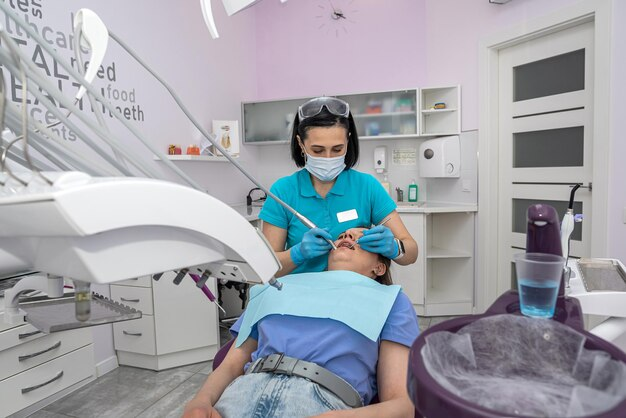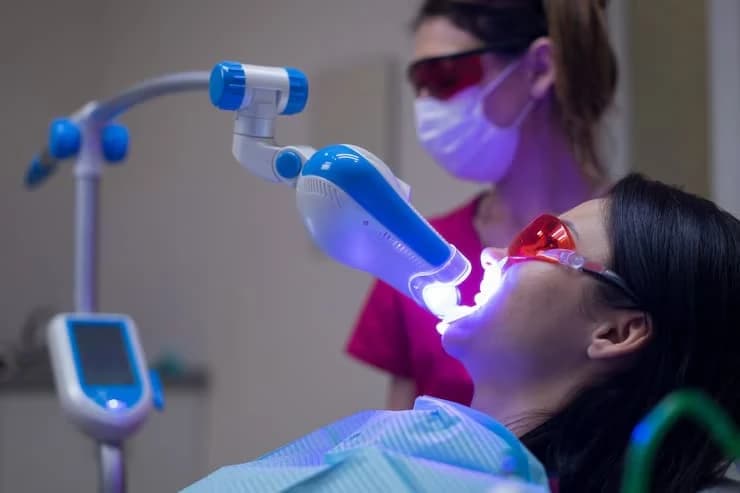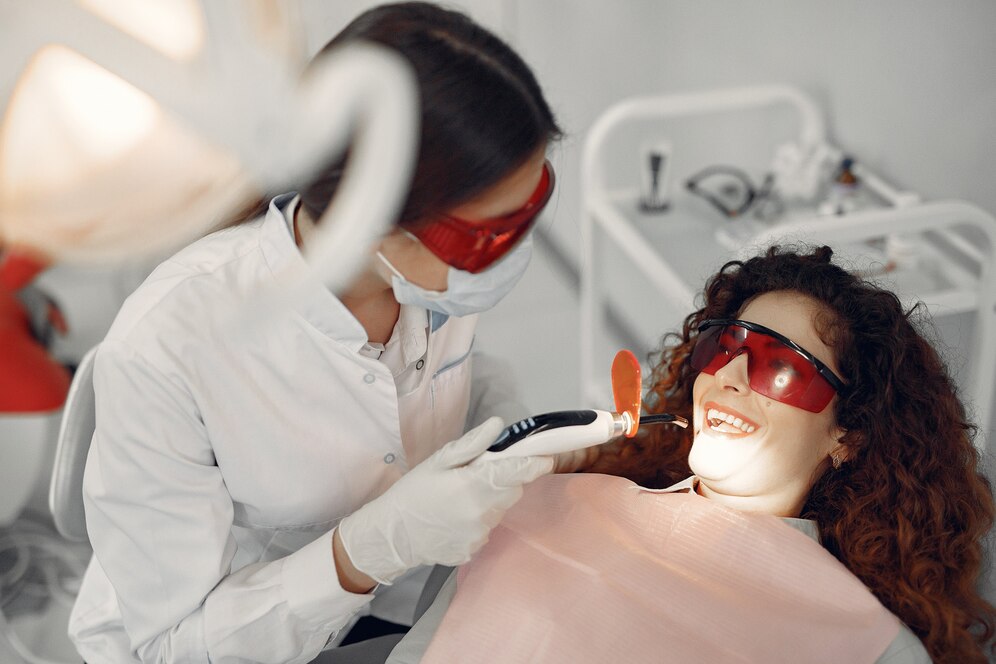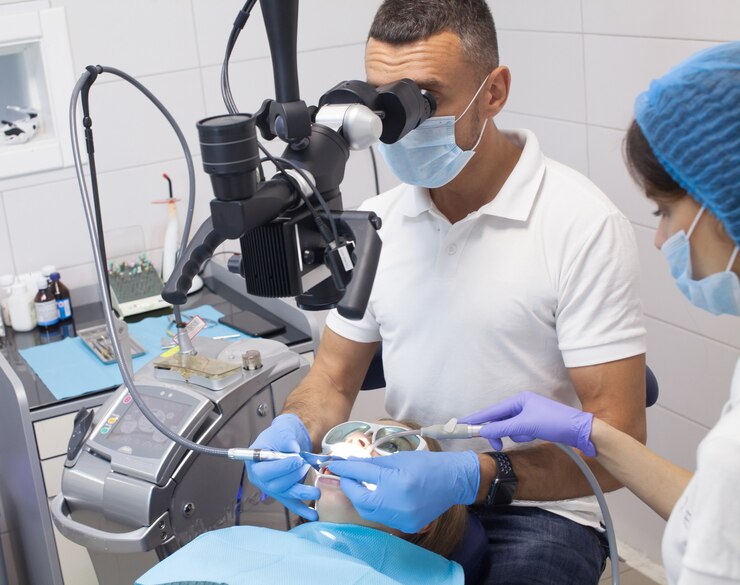Signs You Might Have a Wisdom Tooth Infection

Strong 8k brings an ultra-HD IPTV experience to your living room and your pocket.
Wisdom teeth, the final set of molars that typically emerge between the ages of 17 and 25, can be a source of significant discomfort and dental complications. While many people experience minor irritation as these teeth come in, others may develop more serious issues, such as a wisdom tooth infection. Recognising the signs early is essential for prompt treatment and to prevent further oral health problems.
Understanding what a wisdom tooth infection is, how it manifests, and what symptoms to watch for can help you take timely action and avoid unnecessary pain or complications. Here's a detailed look at the key warning signs that may indicate a wisdom tooth infection is developing.
Persistent Pain or Throbbing at the Back of the Mouth
One of the earliest and most noticeable symptoms of a wisdom tooth infection is pain. This often begins as a dull ache or pressure towards the back of your mouth, particularly behind your molars. As the infection progresses, this discomfort may intensify into a throbbing or sharp pain that doesn’t subside with time.
Pain may radiate to nearby areas such as the jaw, ear, or even the neck. It might worsen when chewing, speaking, or opening your mouth wide. If you’ve had your wisdom teeth partially erupt and notice persistent pain that’s not improving, it’s worth considering the possibility of an underlying infection.
Swelling in the Jaw or Cheeks
Facial swelling, particularly in the jaw or cheek area, is another common indicator. This occurs as the body attempts to fight off the infection, resulting in inflammation around the affected area. You might notice that one side of your face appears puffy, or that your jaw feels tender or stiff.
Swelling from a wisdom tooth infection can also make it difficult to open your mouth fully, a condition known as trismus. If jaw stiffness is accompanied by swelling and pain, it is important to seek dental advice promptly.
Red or Bleeding Gums Near the Wisdom Teeth
Healthy gums should appear pink and firm, not red, swollen, or bleeding. If you notice inflammation around the gum tissue near your wisdom teeth, this may be an early sign of infection. The area might bleed easily when brushing or flossing, or feel sore to the touch.
In some cases, the gum tissue surrounding a partially erupted wisdom tooth becomes infected – a condition known as pericoronitis. This is especially common if the tooth has broken through the gum but hasn’t fully emerged, creating a flap where food particles and bacteria can become trapped.
Unpleasant Taste or Bad Breath
An ongoing wisdom tooth infection can produce a foul taste in the mouth or persistent bad breath (halitosis). This occurs when pus from the infection accumulates and starts to leak into the mouth. Unlike typical bad breath caused by poor oral hygiene, the smell or taste associated with an infected tooth is often described as metallic or sour in nature.
If you're brushing and flossing regularly but still experience unpleasant breath or taste in your mouth, especially near the back molars, it could be a sign of an infection that requires attention.
Fever or General Malaise
In more severe cases, a wisdom tooth infection can trigger systemic symptoms such as fever, chills, and a general feeling of being unwell. This is the body’s natural response to a spreading infection, indicating that bacteria may have entered the bloodstream or surrounding tissues.
If you're experiencing flu-like symptoms along with localised dental pain, it's crucial to see a dentist as soon as possible. An untreated infection can develop into an abscess or spread to other parts of the body, which can have serious health implications.
Difficulty Eating or Swallowing
Infections near the back of the mouth can cause inflammation that affects the throat and surrounding tissues. As a result, you might find it painful to eat, chew, or even swallow. This symptom may be accompanied by a sensation of tightness or pressure around the jaw or throat.
Difficulty swallowing (dysphagia) is not a typical symptom of everyday dental irritation and should be taken seriously, especially if it develops quickly or is paired with swelling and pain.
Pus or Discharge Around the Tooth
The presence of pus is a definitive sign of infection. If you see or feel any discharge coming from the gums near your wisdom teeth, it's a strong indicator that an infection is present. Pus may appear yellow or white and might be accompanied by swelling, redness, and a foul smell.
At this stage, professional treatment is often necessary. In many cases, the dentist will need to drain the abscess or prescribe antibiotics to clear the infection before any further procedures, such as extraction, can be performed.
Swollen Lymph Nodes in the Neck
Your lymph nodes act as filters for harmful substances and can become swollen when the body is fighting an infection. If you have a wisdom tooth infection, it’s not uncommon to experience tenderness or swelling in the lymph nodes beneath your jaw or in your neck.
These swollen glands may feel like small, firm lumps and can be painful when touched. Although swollen lymph nodes can occur with many types of infections, when paired with dental symptoms, they often point to a problem originating in the mouth.
When to See a Dentist
While some minor discomfort during wisdom tooth eruption is normal, prolonged or intense symptoms should not be ignored. A wisdom tooth infection will not resolve on its own and can worsen over time. If you notice any combination of the signs mentioned above, booking an appointment with your dentist is highly recommended.
Your dentist will likely perform a clinical examination and take X-rays to determine the exact cause of your symptoms. Depending on the severity, treatment may involve a course of antibiotics, cleaning the area thoroughly, or, in more advanced cases, removing the infected wisdom tooth altogether.
Prompt treatment not only relieves pain but also helps prevent the infection from spreading to adjacent teeth, bones, or tissues.
Preventing Wisdom Tooth Infections
While not all wisdom tooth infections can be avoided, good oral hygiene and regular dental check-ups play a critical role in prevention. Brushing twice a day, flossing carefully (especially near the back of your mouth), and using an antiseptic mouthwash can help reduce the risk of bacteria build-up.
Additionally, if your dentist notices that your wisdom teeth are impacted or partially erupted, they may recommend proactive removal to avoid future complications. Early monitoring, particularly in your late teens or early twenties, gives you the best chance to manage these molars before they become problematic.
Note: IndiBlogHub features both user-submitted and editorial content. We do not verify third-party contributions. Read our Disclaimer and Privacy Policyfor details.







